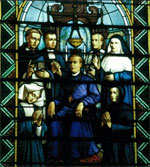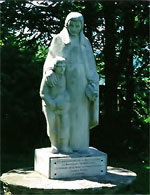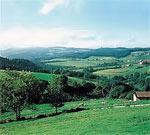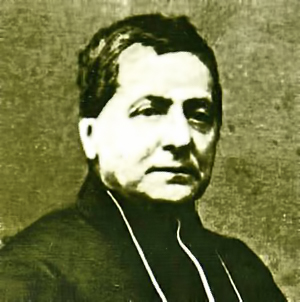
Theodore Chavoin was 20 when he married 19-year-old Jeanne Vercheres on May 31, 1786.
Barely three months later, their first child, Jeanne-Marie, was born.
Two more children were born into the family: Marie, who lived only a year, and Claudine-Marie, who married Jacques Millot, a local weaver.
A country girl, Jeanne-Marie grew up with little formal education (her spelling was never quite accurate), but with a great deal of common sense and good judgement.
The Chavoin family was closely-knit, and Jeanne-Marie’s childhood was secure and tranquil, even though these were the times of the French Revolution. By temperament she was an extrovert, for whom action was second nature. Being the daughter of the respected village tailor, and used to meeting people in her father’s shop, she developed an open, friendly and outgoing attitude to people.
Continue reading about: Jeanne-Marie Chavoin












